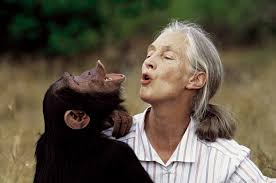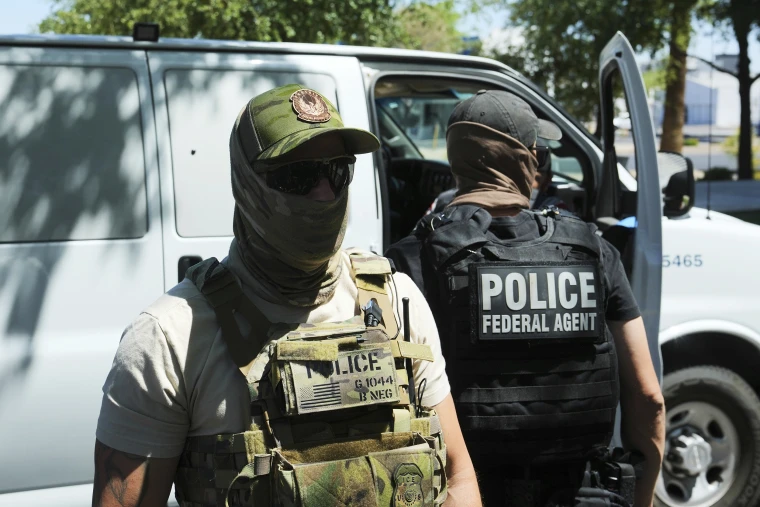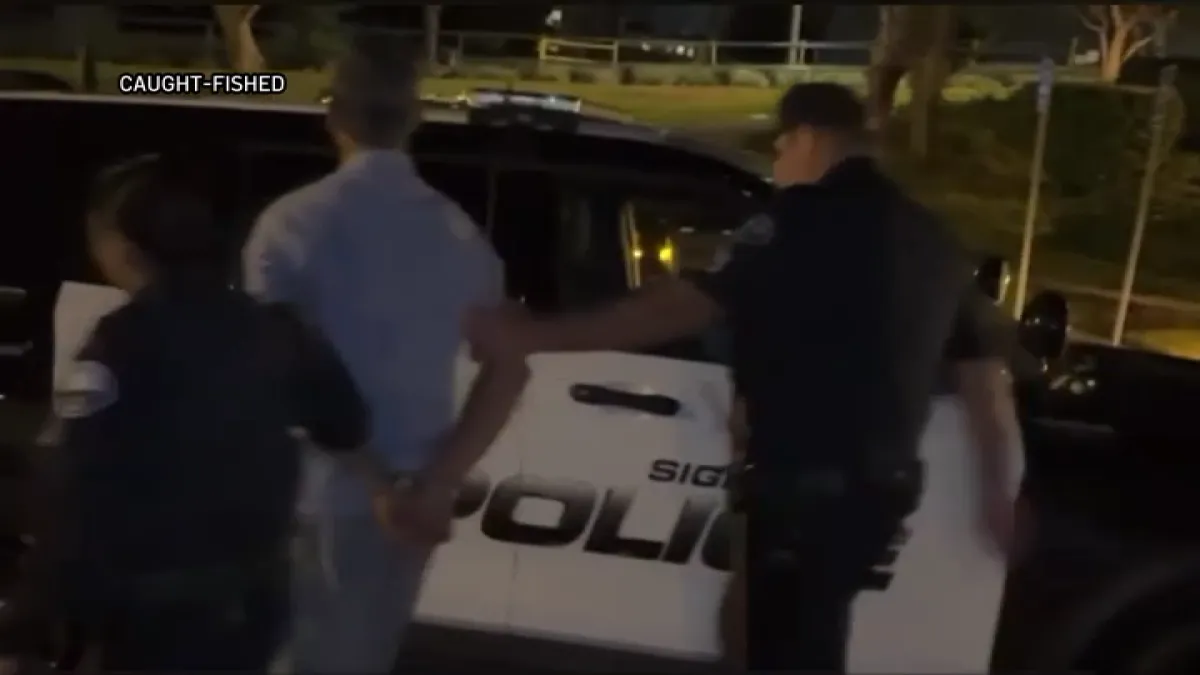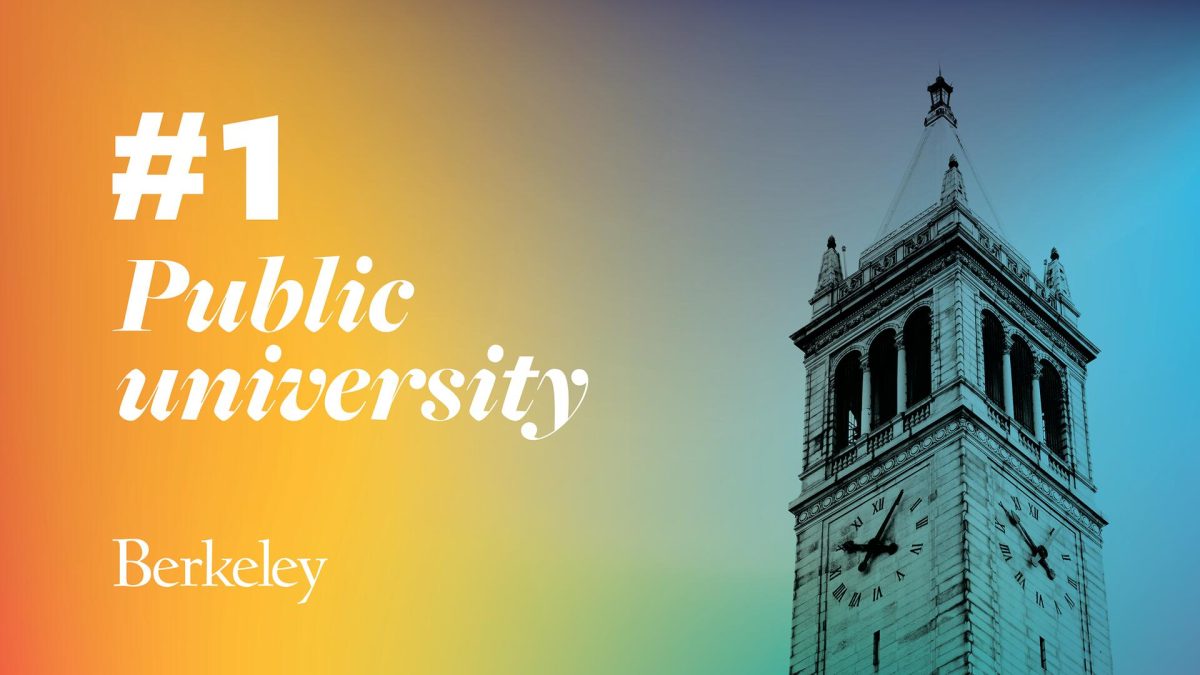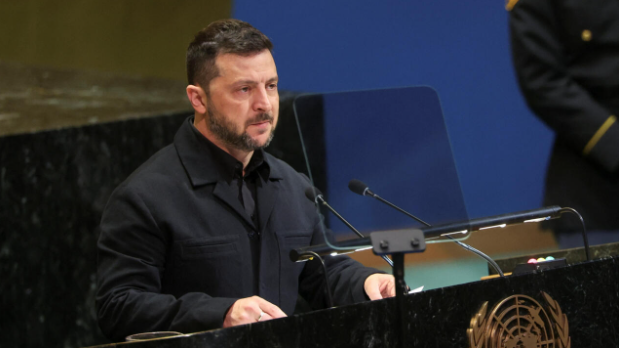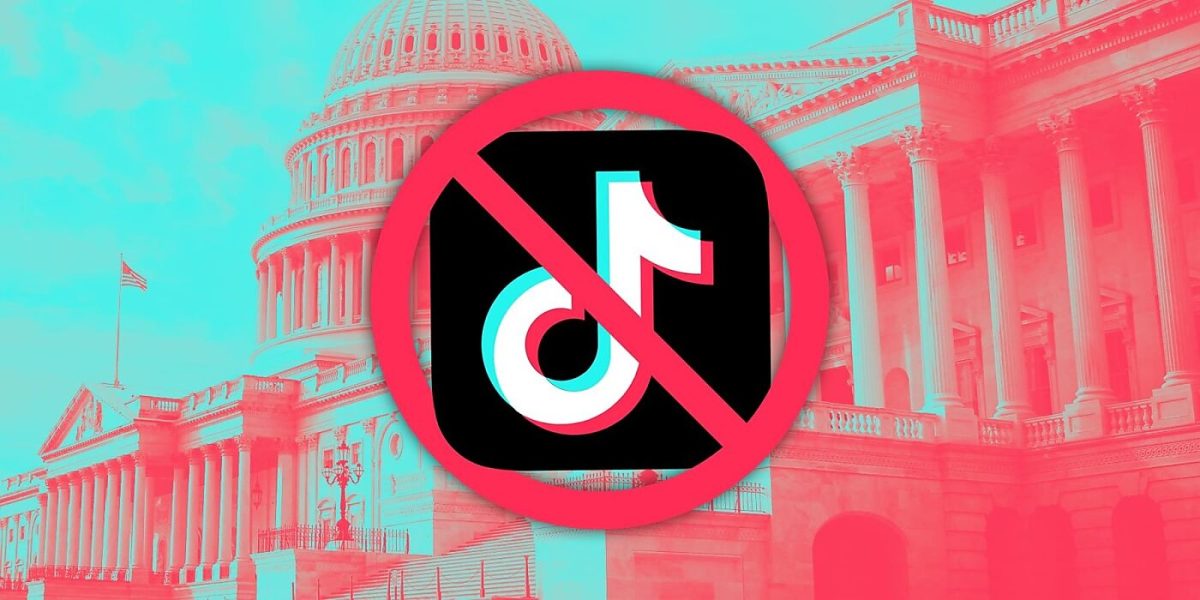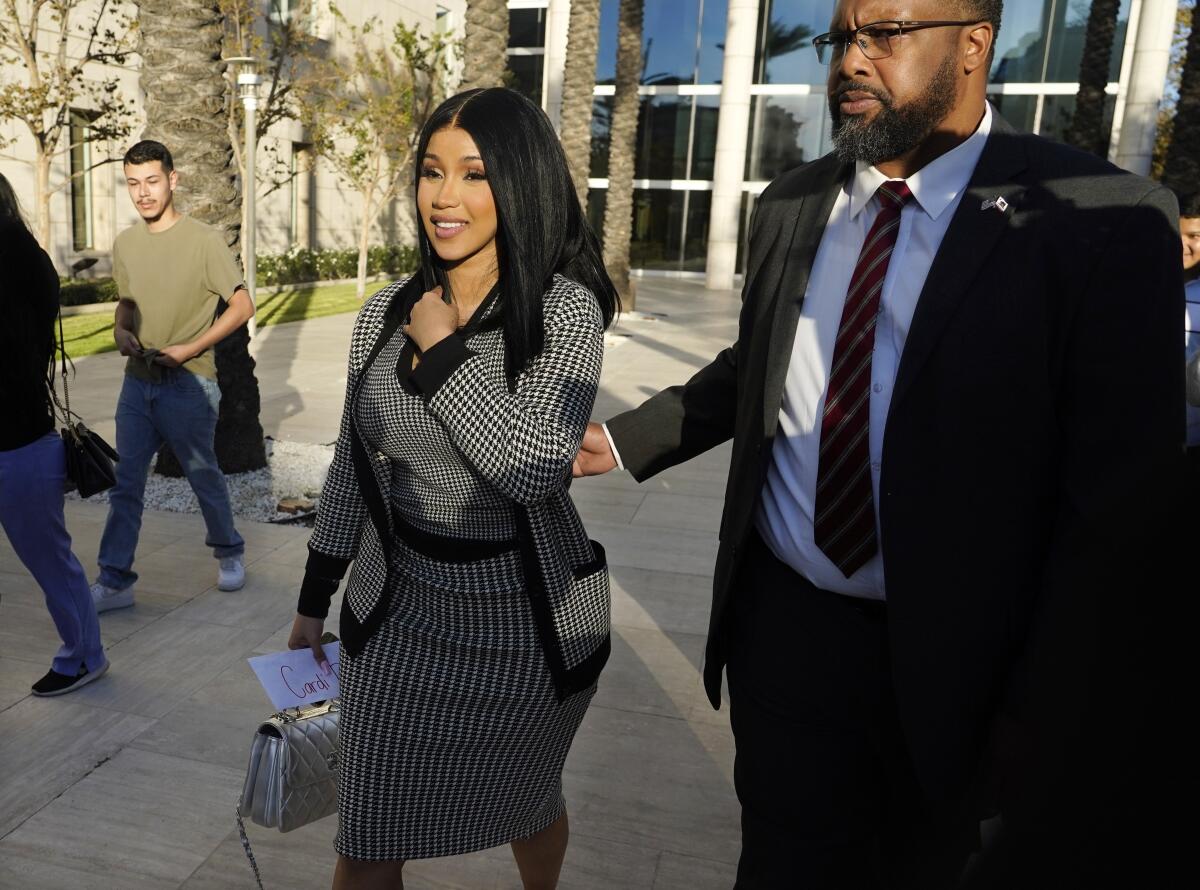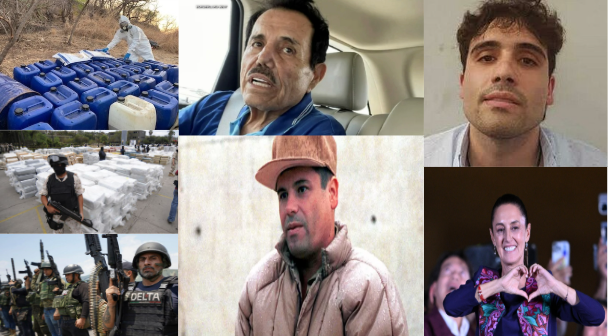What Are Wildlife Crossings?
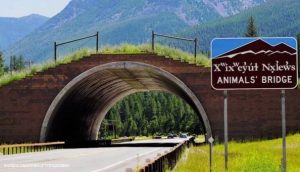 According to National Geographic, wildlife crossings are defined as “Bridges and tunnels specifically designed for animals that can reduce the environmental impact of highways.” The average highway is built to connect cities and towns for simplified transportation. These highways are often constructed in between woods, creating figurative ‘rivers’ between these woods. When wild animals such as wolves mature, they tend to relocate and claim new territory as their own. This leads them to travel between land areas in search of a new home. By creating concrete ‘rivers’, society ultimately forces such animals to risk their lives just to resettle. Wildlife crossings are then implemented to create a bridge connecting the two sides of highways. This way, when wildlife migrates into new territory, they have a safer path to travel on.
According to National Geographic, wildlife crossings are defined as “Bridges and tunnels specifically designed for animals that can reduce the environmental impact of highways.” The average highway is built to connect cities and towns for simplified transportation. These highways are often constructed in between woods, creating figurative ‘rivers’ between these woods. When wild animals such as wolves mature, they tend to relocate and claim new territory as their own. This leads them to travel between land areas in search of a new home. By creating concrete ‘rivers’, society ultimately forces such animals to risk their lives just to resettle. Wildlife crossings are then implemented to create a bridge connecting the two sides of highways. This way, when wildlife migrates into new territory, they have a safer path to travel on.
Largest Wildlife Crossing In California
One way to make the transition process for wildlife simpler would be to make the path they traverse 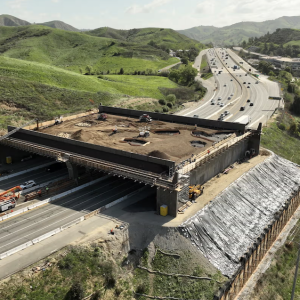 larger. California decided to start construction on the Wallis Annenberg Wildlife Crossing in Angora Hills, destined to be the world’s largest crossing. This crossing spans the 101 freeway, which consists of ten lanes. According to a report by ‘Building CA’, this wildlife crossing will support the venture of mountain lions, deer, bats, bobcats, and rabbits by bringing together two land masses that have been divided for decades. This crossing will also house 5,000 plants that are native to California. This addition allows for the environment to heal and thrive. The only con to this process is the extensive cost and resources required to keep this project on its path of success.
larger. California decided to start construction on the Wallis Annenberg Wildlife Crossing in Angora Hills, destined to be the world’s largest crossing. This crossing spans the 101 freeway, which consists of ten lanes. According to a report by ‘Building CA’, this wildlife crossing will support the venture of mountain lions, deer, bats, bobcats, and rabbits by bringing together two land masses that have been divided for decades. This crossing will also house 5,000 plants that are native to California. This addition allows for the environment to heal and thrive. The only con to this process is the extensive cost and resources required to keep this project on its path of success.
How Do They Get Built?
These crossings typically take several resources to construct properly. Using materials like steel, concrete, soil, and variants of plants that are native to California. Wildlife crossing projects are far from inexpensive, historically costing anywhere from $250,000 up to several million dollars. Most of the funds for such ventures come from government funding or non-profit organizations. Mathematically speaking, investing in wildlife crossings would ultimately be cheaper in the long run. An article from the United States Department of Transportation details a study on the cost of wildlife crossings versus the cost of wildlife-vehicle collisions. The study estimates that the average secure crossing has a budget of around $5 million, though, due to inflation, it could end up fetching closer to $8 million. Meanwhile, average elk crash damages are valued at $80,771 per accident. With Southeastern Virginia having more than 60,000 incidents annually, this drives the repairs up to around $4 billion per year. Conclusively, it would be beneficial to invest government funds into the construction of wildlife crossings.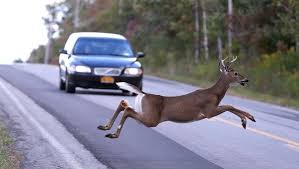
How Will This Affect Us?
Besides preventing thousands of vehicle crashes caused by animals attempting to cross freeways, saving the government millions of dollars, and protecting wildlife in general, these crossings can benefit humans by restoring the environment. Due to the constant construction of structures and parking lots that consume land that would otherwise contribute to the natural ecosystem, we’re left with hardly any space for native foliage and trees to thrive. The wildlife crossings not only provide safe passage for fauna, but also for flora. The Wallis Annenberg Wildlife Crossing is planned to house over 20,000 trees, creating opportunities for CO2 emissions to be reduced because the trees will absorb all the carbon dioxide. Overall, the importance of creating these wildlife crossings is extreme. Without them, death and destruction are inevitable.







